When the Storvik first arrived in our shop it was an abhorent misrepresentation of its potential as a vessel. The hull was as sound and sturdy as any Nordic Tug, but almost everything else was trashed from years of stagnant water damage. The entire upper cabin could be shook from side to side, railings splintered and blistered beyond saving. freeze cracks throughout the fiberglass body, and rot in abundance. What followed was the largest restoration we have undertook and spanned the better part of a year.
The elephant in the room was the rot and it was the first to be dealt with. Nearly the entire first month was spent dehydrating the interior. Once that was done we cut most of the rotted walls down entirely from the inside, leaving their outer fiberglass shell intact and building it up from within. The cuboards and floor were meticulously removed, sanded, stained, and reinstalled. The railings were beyond saving, however, and were scrapped.
The exterior of the Storvik was an asthetic mess. Dented, scrapped, and chipped in such severity that every square inch of the Storvik needed to be sanded, filled, and gelcoated. The process was lengthy but the results are jaw dropping.
Custom doors and windows were commissioned to Diamond Sea Glaze and turned out beautifully. Of course, a large amount of interior reconstruction had to take place first.
The railings were made in house from Peltogyne (commonly known as Purple Heart) imported from South America. Purple Heart is one of the hardest and most water resistant woods on the planet, tailor made for marine applications. It is recommended to use carbon blades when cutting as the wood dulls standard blades very fast.
Thank you for letting us share this with you. Now have a look at the conclusion!


